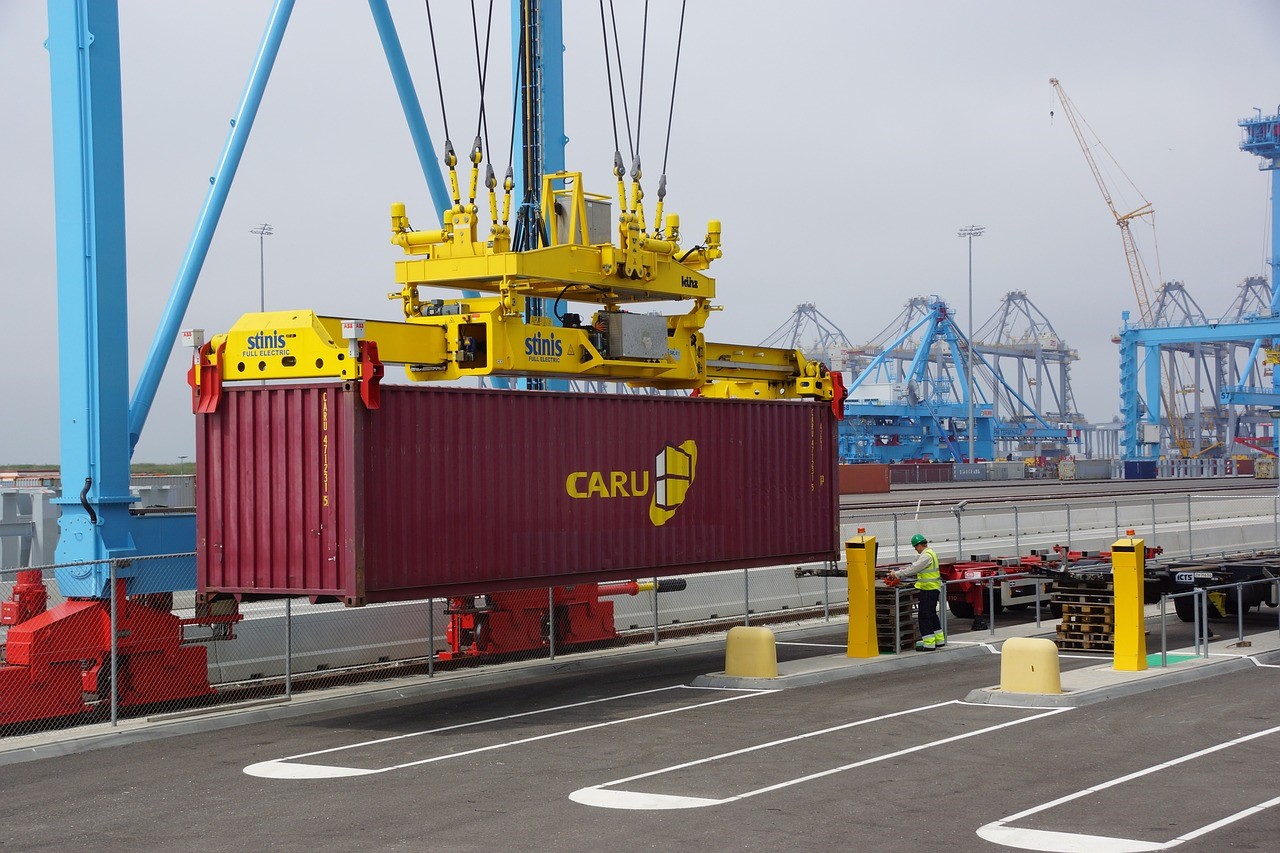
When Life Science Meets Customs Supervision: Those Things About Special Goods Import
As a veteran with 20 years of experience in foreign trade, I have witnessed the entire process of China's biopharmaceutical imports evolving from sporadic attempts to large-scale operations. I still vividly remember the chaos in 2003 during the SARS outbreak when our team urgently imported a batch of vaccine raw materials. Today, with the implementation of the "Biosafety Law" and the improvement of customs supervision systems, the import of special items has formed a standardized "China Solution."
I. "Special Items" in the Eyes of Customs: More Than Just Medical Supplies
Many people assume special goods only refer to common blood products or vaccines in hospitals, but the customs definition is much more rigorous:
- Human Tissue Category: Plasma, stem cells, organ sections, etc.
- Microorganism Category: Pathogenic strains, virus samples (excluding vaccines)
- Biological Products Category: Diagnostic reagents, research antibodies (not classified as pharmaceuticals)
Last year, we encountered a typical case: a "gene editing toolkit" imported by a research institute was temporarily detained by customs because the included CRISPR vectors fell under the category of special items. The clearance was only completed after additional health quarantine approval procedures were obtained—a lesson that cost millions!
II. Pre-import "Homework": These Materials Are Indispensable
Based on our experience serving over 300 biotech companies, a complete application package should be structured like "Russian nesting dolls," with each layer building upon the previous one:
- Basic documents: Chinese/English product names, ingredient lists, usage descriptions (specifying experiment codes)
- Safety Certificates: Biosafety level certification, manufacturer qualifications (note foreign documents require notarization)
- Special files: For items like HIV testing reagents, additional NMPA filing certificates are required
Special reminder: New Customs regulations last year require all pathogenic microorganisms to provideLatin Scientific Names. One client had documents returned for using English common names, delaying critical experiments.
III. Customs Clearance "Breakthrough" Guide: The Right Way to Navigate the 20-Day Approval Period
The approval process appears simple but hides complexities:
Timeline Management: From system submission to obtaining approval, officially 20 working days. But in practice, consider:
- Samples requiring lab testing (+7 working days)
- Multi-customs district coordination (+3 working days)
We recommend allowing at least45-day buffer. Last year, a vaccine adjuvant import nearly caused production shutdown due to underestimated risk assessment time.
Declaration Techniques:
- HS codes should prioritize 3002 (human vaccines) or 3822 (diagnostic reagents)
- The ingredients column must specify whether human-derived materials are contained
- Cold chain transportation certificates must show complete temperature control records
IV. Release ≠ Completion: Avoid These Follow-up Pitfalls
Customs implements a "lifetime traceability system" for special items, and we have identified three high-risk areas:
- Change of purpose: Declaring serum for "scientific research use" while actually applying it to clinical treatment? This is equivalent to smuggling!
- Improper storage: A laboratory was penalized for failing to fulfill custody obligations when samples became invalid due to ultra-low temperature freezer malfunction
- Waste disposal: Used culture dishes must undergo 121°C high-pressure sterilization - random disposal may result in fines up to 100,000 yuan
Recommend companies to establishrisk control mechanism:Management system:
- Dual-person dual-lock storage system
- Electronic usage logs
- Third-party waste disposal agreements
V. The New Normal Post-Pandemic: Trends You Should Know
With deepening global biomedical cooperation, we have observed:
- Fast-track mechanism: The vaccine green channel established during COVID-19 has now become routine, with AEO-certified enterprises eligible for priority inspection
- Smart supervision: Shanghai Customs pilots blockchain traceability, enabling QR code tracking for convalescent plasma imported from South Africa
- Regional collaboration: The Greater Bay Area has achieved mutual recognition of special items import whitelists
Finally, let me share an industry maxim:"Special items are no trivial matter; compliance is the fast lane."After all, in this field, a single violation could mean losing import eligibility forever. If you're planning related import operations, you might want to refer to our compiled "Special Goods Import Self-Check List" to help you avoid those "priceless" pitfalls.


 Follow Customer Service WeChat
Follow Customer Service WeChat